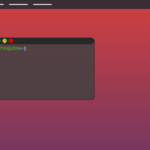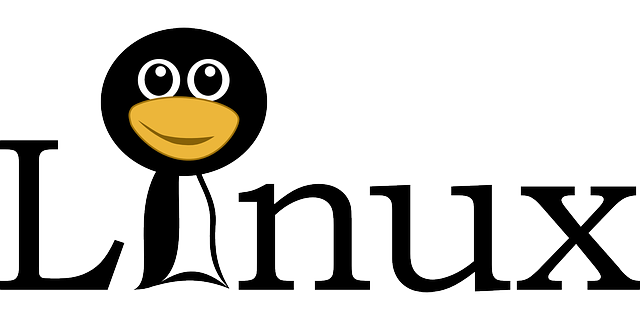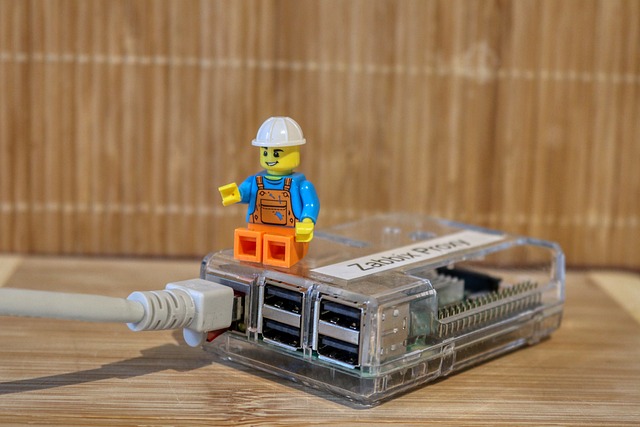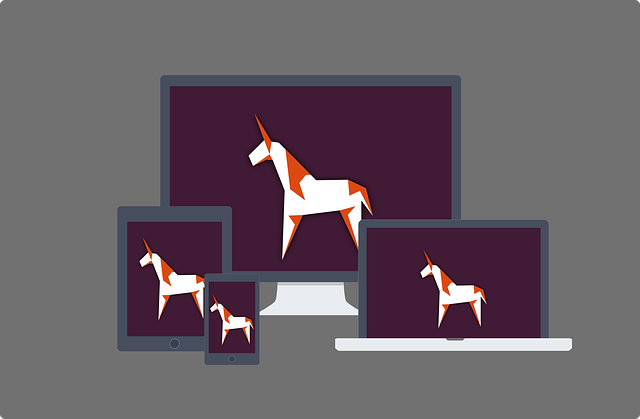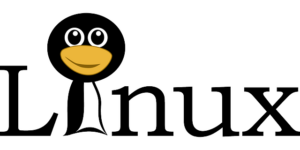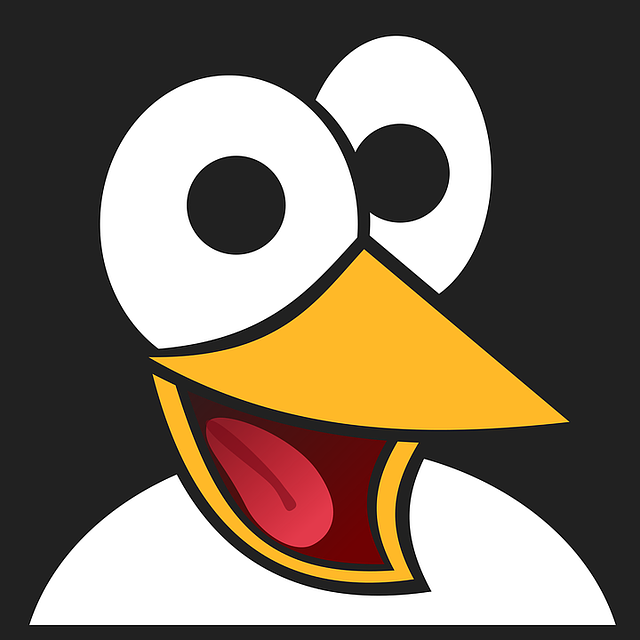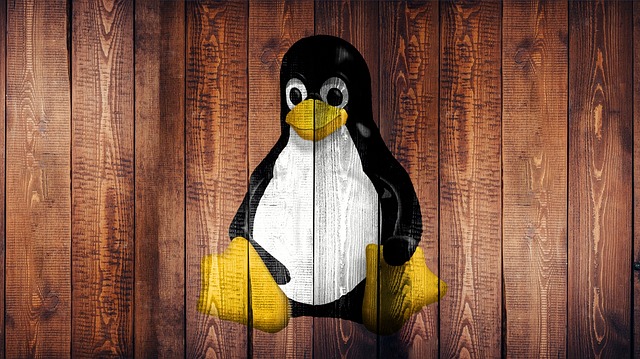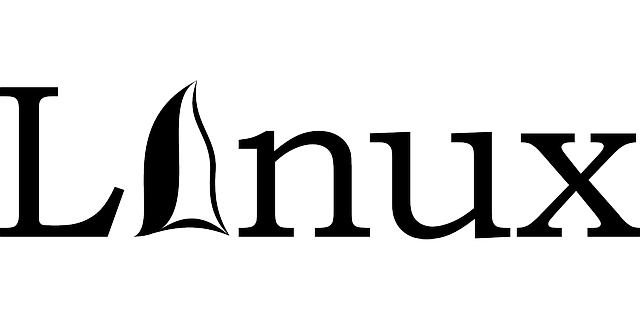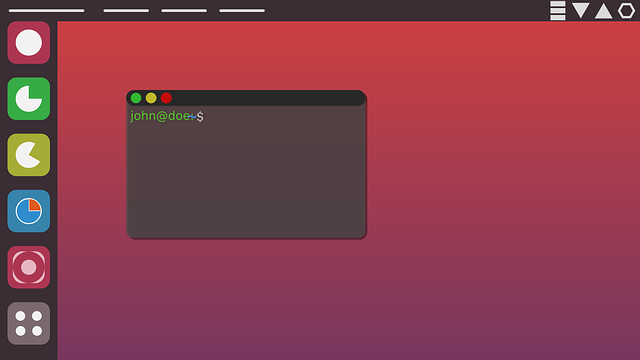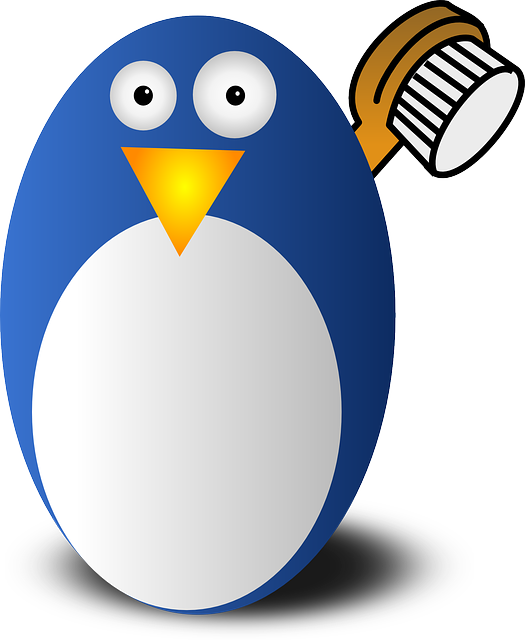Linux offers a robust platform for CAD design documentation, leveraging its open-source ecosystem and versatile CAD tools like FreeCAD, LibreCAD, and Blender to facilitate comprehensive and efficient design processes. The platform integrates with version control systems such as Git to maintain accurate records of design iterations, while its scripting capabilities automate report generation and documentation for consistency and efficiency. Linux adheres to industry standards like STEP and IGES for design sharing, ensuring seamless collaboration across different systems. Optimizing CAD performance on Linux involves choosing the right distribution, updating the kernel, installing optimized graphics drivers, utilizing technologies like NVIDIA's CUDA, allocating ample system memory, and configuring swap space effectively to prevent lag or crashes. File management and version control are key in Linux for CAD design, with tools like Git, Subversion, Mercurial, and command-line utilities `rsync` and `find` enabling efficient handling of large files and maintaining their history. Best practices include establishing clear naming conventions, using a repository structure that aligns with project hierarchy, embracing command-line interfaces for file management, scripting to automate tasks, and setting up continuous integration and deployment pipelines. Collaborative practices in Linux enhance knowledge sharing among designers, engineers, and stakeholders, ensuring real-time collaboration, seamless CAD file exchange across different software ecosystems, and the use of central repositories and communication tools for collective learning and problem-solving. This makes CAD Design with Linux a powerful and collaborative alternative to proprietary systems, emphasizing efficiency, interoperability, and open standards.
Exploring the realm of CAD design within the Linux framework, this article delves into the art of comprehensive documentation for effective knowledge sharing. It provides a detailed overview of leveraging Linux’s capabilities to streamline design processes, including setting up an optimized Linux environment tailored for CAD performance. We will explore best practices in file management and version control, ensuring your designs remain organized and accessible. Furthermore, the article highlights collaborative tools and techniques that facilitate knowledge sharing among designers on Linux platforms. Enhance your CAD design workflows with advanced tips and tricks specifically for Linux users, positioning you at the forefront of efficient, collaborative, and innovative design solutions.
- Leveraging Linux for Efficient CAD Design Documentation: An Overview
- Setting Up Your Linux Environment for Optimal CAD Design Performance
- Best Practices for CAD Design File Management and Version Control in Linux
- Collaborative Tools and Techniques for Knowledge Sharing in CAD Design on Linux
- Advanced Tips and Tricks for Enhancing CAD Design Workflows on Linux Platforms
Leveraging Linux for Efficient CAD Design Documentation: An Overview
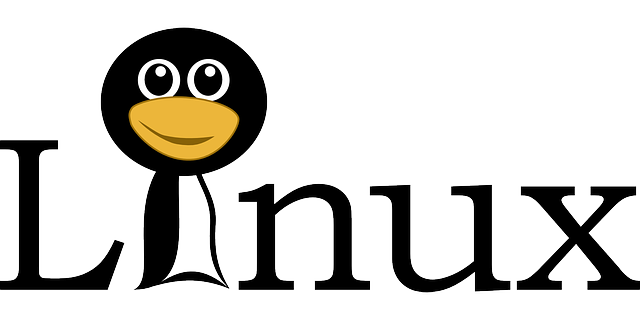
Engaging in CAD design within a Linux environment offers a robust platform for efficient and comprehensive documentation. The open-source nature of Linux, coupled with an array of freely available CAD tools such as FreeCAD, LibreCAD, and Blender, ensures that designers have access to powerful software without the constraints of proprietary systems. This openness facilitates extensive sharing and collaboration opportunities, making it easier for knowledge to be disseminated across teams and communities. Documentation in Linux-based CAD design can take advantage of version control systems like Git, enabling version tracking, code annotations, and collaborative edits that are crucial for maintaining a clear record of the design process and iterations. Moreover, the use of markdown files and wiki platforms integrated with Linux distros allows for the creation of well-structured, easily navigable, and searchable documentation. This setup not only streamlines the sharing of CAD designs but also their associated processes, including design rationale, material selection, and manufacturing considerations.
In addition to the technical aspects, Linux’s adaptability for CAD design documentation is amplified by its extensive software libraries and scripting capabilities. Automation scripts can be written to generate reports or documentation templates, thereby reducing manual efforts and enhancing consistency in the documentation process. The flexibility of the Linux platform also extends to compliance with industry standards, as evidenced by tools that support STEP (Standard for the Exchange of Product model data) and IGES (Initial Graphics Exchange Specification) file formats. This ensures that CAD designs can be easily shared across different platforms while maintaining the integrity of the original design intent. Overall, leveraging Linux for CAD design documentation is a strategic approach that combines the strength of open-source technology with the precision and discipline required in the realm of computer-aided design.
Setting Up Your Linux Environment for Optimal CAD Design Performance
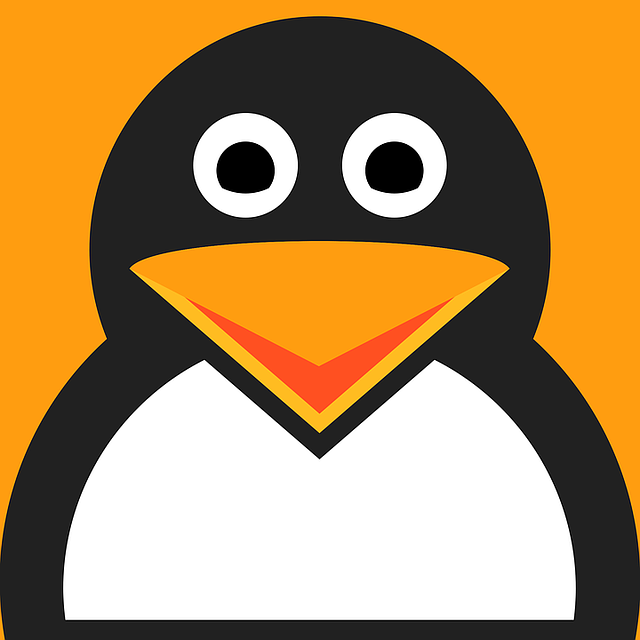
When embarking on CAD design tasks within a Linux environment, optimizing your setup for performance is crucial. To begin with, selecting the right distribution that supports the necessary hardware drivers and software packages is essential. Ubuntu-based distributions like Linux Mint or Elementary OS are often recommended due to their user-friendly nature and extensive software repositories. Ensuring that your kernel is up-to-date can also provide better support for your hardware, which in turn can enhance the stability and responsiveness of your CAD applications.
Once your foundation is laid with a stable and compatible Linux distribution, it’s time to tailor your setup further. Installing an optimized graphics driver can significantly boost performance, especially if you’re working with 3D models or rendering complex designs. Tools like NVIDIA’s CUDA technology, when supported by your hardware, can accelerate computations and provide real-time feedback. Additionally, allocating sufficient system memory and adjusting swap space settings can ensure that your Linux environment has enough resources to handle the demands of CAD design without lag or crashes. Configuring the `/etc/default/grub` file to include parameters for the kernel, such as setting `PCID` to `no` and `GRUB_CMDLINE_LINUX` to include `intel_pstate=perf_psc` for Intel CPUs or `powersave` for AMD CPUs, can also optimize CPU performance. These steps will contribute to a smoother CAD design experience on Linux, enabling you to focus on your creative process rather than technical constraints.
Best Practices for CAD Design File Management and Version Control in Linux
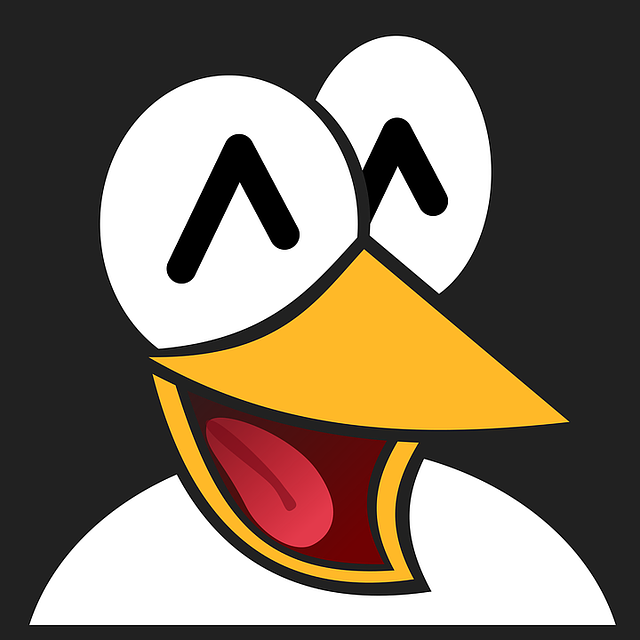
In the realm of Computer-Aided Design (CAD) on Linux, maintaining a robust file management and version control system is paramount for efficient collaboration and knowledge sharing. Utilizing tools like Git and Version Control Systems (VCS) such as Subversion or Mercurial can streamline the design process by allowing multiple designers to work on different aspects of a project without overwriting each other’s changes. Linux offers a suite of command-line utilities that are adept at handling large CAD files, ensuring that version history is preserved and accessible for reference or rollback if necessary. It’s recommended to establish clear naming conventions for files and directories to avoid confusion and to keep a well-organized repository structure that mirrors the project’s hierarchy. Additionally, integrating continuous integration and deployment (CI/CD) pipelines can further enhance collaboration by automating testing and merging processes, thus maintaining high-quality standards for CAD design files within Linux environments.
For those accustomed to Windows-based CAD tools, transitioning to a Linux environment may require adapting to new tools and workflows. Keybindings and command-line interfaces present in Linux can initially seem daunting but are powerful once mastered. Tools like `rsync` for file synchronization, alongside `find` for locating files, become integral to managing CAD design files effectively. Best practices include regular backups, using soft links to reference large files without duplicating them, and employing scripting to automate repetitive tasks. By adhering to these best practices, CAD designers can optimize their workflow, minimize errors, and ensure that their designs are stored and versioned in a manner that supports collaboration, consistency, and scalability within the Linux ecosystem.
Collaborative Tools and Techniques for Knowledge Sharing in CAD Design on Linux
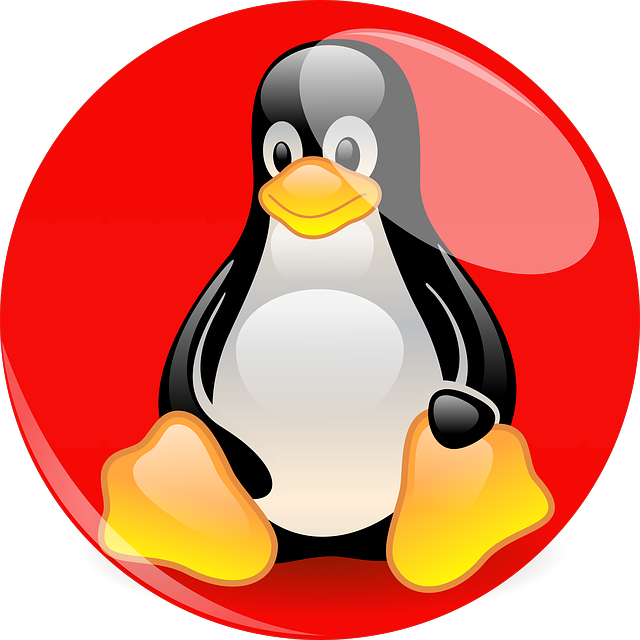
In the realm of Computer-Aided Design (CAD) on Linux, leveraging collaborative tools and techniques is pivotal for effective knowledge sharing among designers, engineers, and stakeholders. Linux-based systems offer a robust platform for CAD design with open-source software alternatives that rival proprietary solutions. Tools such as FreeCAD, LibreCAD, and Blender provide powerful features for 3D modeling, drafting, and simulation. The integration of version control systems like Git within these platforms ensures that design iterations are tracked and accessible to all team members, fostering a collaborative environment where knowledge is shared seamlessly. Additionally, Linux’s inherent support for open standards and interoperability allows for the easy exchange of design files across different software environments, further enhancing the sharing and collaboration process. Platforms like GitLab or GitHub can serve as central repositories for CAD designs, enabling real-time updates, issue tracking, and discussions, which are integral to knowledge dissemination and collective learning within a design team.
Furthermore, the use of communication tools such as Slack or Mattermost, paired with collaborative document editors like Etherpad or ethercal, complements the CAD design process on Linux by providing a space for teams to exchange ideas, feedback, and best practices in real-time. These tools are designed with collaboration in mind, offering features that facilitate simultaneous editing, commenting, and the organization of knowledge in shared workspaces. The integration of these communication channels with the CAD design tools ensures that the knowledge gained from each design phase is captured, documented, and made accessible to all project participants, thus promoting a culture of continuous improvement and collective problem-solving within the Linux CAD design community.
Advanced Tips and Tricks for Enhancing CAD Design Workflows on Linux Platforms

In conclusion, transitioning to CAD design with Linux offers a robust platform for engineers and designers to enhance their workflows and facilitate seamless knowledge sharing. The comprehensive documentation covered in this article, from setting up a Linux environment tailored for optimal performance to the advanced tips and tricks that elevate CAD design workflows, underscores the potential of Linux as a versatile and efficient tool in this domain. By adhering to best practices for file management and version control, and leveraging collaborative tools and techniques specifically designed for Linux, professionals can ensure their designs are well-documented, accessible, and secure. As the CAD design landscape evolves, embracing Linux can provide a competitive edge, fostering a culture of continuous improvement and shared expertise.





